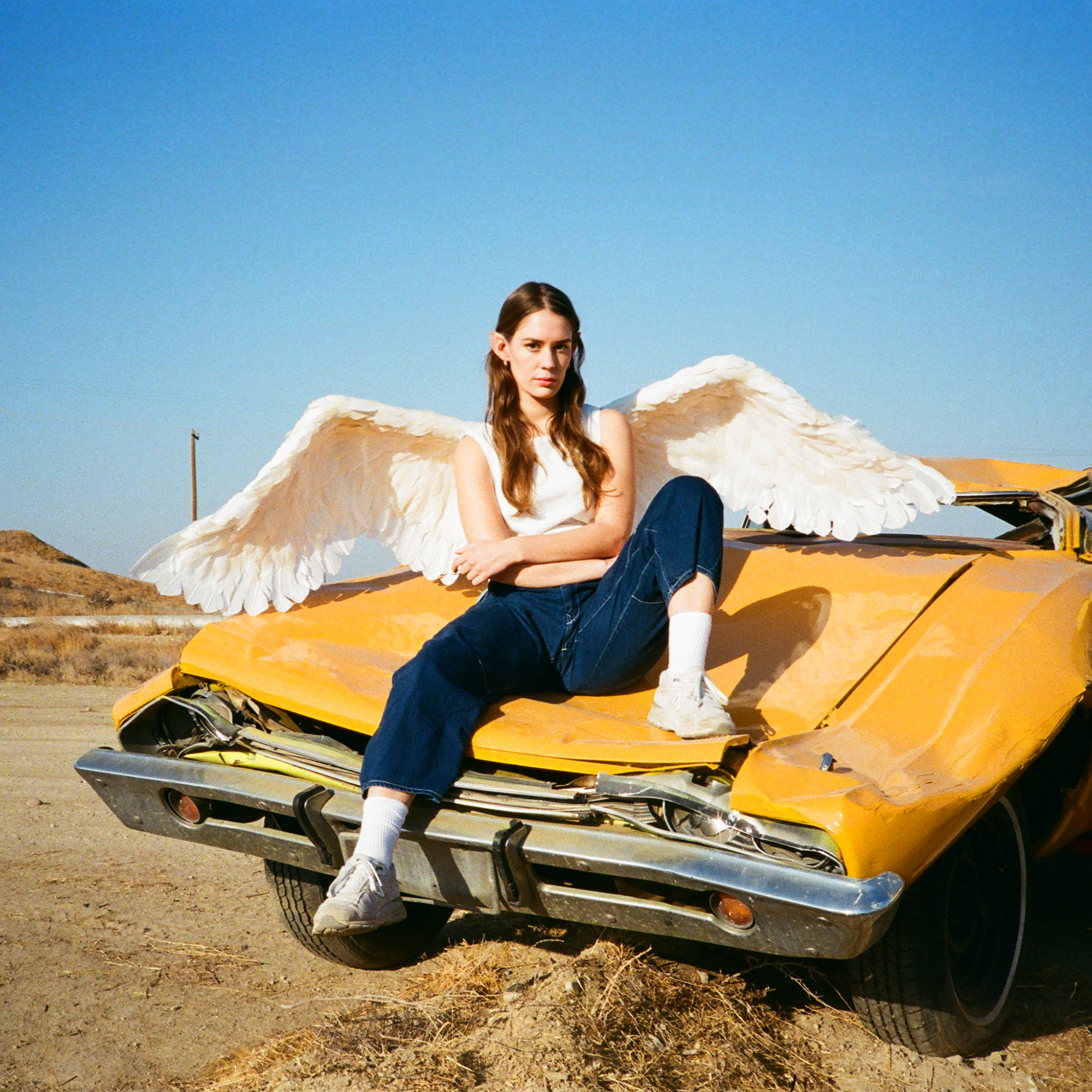

Views saw 5.1 million song downloads, 1.6 million traditional sales, and a whopping 3 billion streams, as reported by USA Today. Along with spending 13 consecutive weeks on the Billboard Hot 200 chart, it sold 4.1 million album-equivalent units. Setting and breaking records for his digital streams and singles, let’s look at his highest-grossing albums, ranked by their sales.Ī post shared by champagnepapi most successful and record-breaking album to date, Drake’s Views, was his fourth studio album that took the world by the storm. With over 139 singles, four extended plays, eighty-four music videos, and now seven studio albums, Drake is one of the best-selling artists of all time. After signing with Lil Wayne’s record label, Drake released his highly anticipated debut studio album with big-name contributions, and the rest is history. His third and fourth mixtapes released under his record label OVO earned him critical acclaim and Grammy nominations. After quitting his acting career, he focused on music and released several mixtapes.

Going by the name Aubrey Graham at age fourteen, he landed a role in the television show Degrassi: The Next Generation and entered the hip-hop phase when he was eighteen. Because that’s really what it’s about.Aubrey Drake Graham, who goes by the stage name Drake comes from a musical family background as his grandmother used to babysit Louis Armstrong while his father was a drummer for Jerry Lee Lewis. “But when I do take a look at the broader scope of things, it’s often … Even though I don’t directly, literally address things in my music, I’ve always tried to make music that transcends gender, nationality-to try and unify people. “I obviously spend a lot of time in my own world,” he told Beats 1 host Zane Lowe in 2016. Like Kanye, Drake is as much a curator as he is a creator, an artist capable of arranging collaborators from a universe of styles and making them all fit into his personal vision-an approach that has made him one of the most definitive rappers and pop figures of his era. Though the feelings remain (always feelings, big feelings), the sound-for the most part, courtesy of longtime affiliate Noah “40” Shebib-is always changing: a little dancehall here (“One Dance”), a little house there (“Passionfruit”), some old New Orleans bounce (“Nice for What”), a bit of Wu-style boom-bap (“Started from the Bottom”), some smooth, to-the-minute trap-soul (“Hotline Bling”). But most of all, he felt like a person-someone who isn’t canceled by his paradoxes, but defined by them. Critics-and he’s had plenty-like to point out that he started as an actor: He played Jimmy Brooks in the Canadian teen show Degrassi: The Next Generation. Was he an R&B singer who rapped or a rapper who sang? Was he really that sad, or just doing a bit? And if it wasn’t a bit, how could this guy-talented, intuitive, hardworking-really be so down?įrom minute one, there was something a little different about him: He could be confessional, vulnerable, but also incredibly coarse he could make an earnest commitment one minute (“Take Care”) and be drunk-dialing the next (“Marvins Room”) he could convince you he was an underdog from his perch on top of the world (“Started from the Bottom”). After all, he figured, you get someone hanging your name next to Tupac’s, even if it’s only to take a shot at it? You must be doing something right.īorn Aubrey Drake Graham in Toronto in 1986, Drake became-like Tupac-something of a generational voice, a prism for his pop-cultural moment. A couple of years after he broke into the mainstream with 2009’s So Far Gone, Drake was browsing art in Los Angeles when a piece caught his eye: a big neon sign that read, “LESS DRAKE, MORE TUPAC.” For a minute, he felt angry, embarrassed-he wanted to walk up and rip the sign off the wall.


 0 kommentar(er)
0 kommentar(er)
